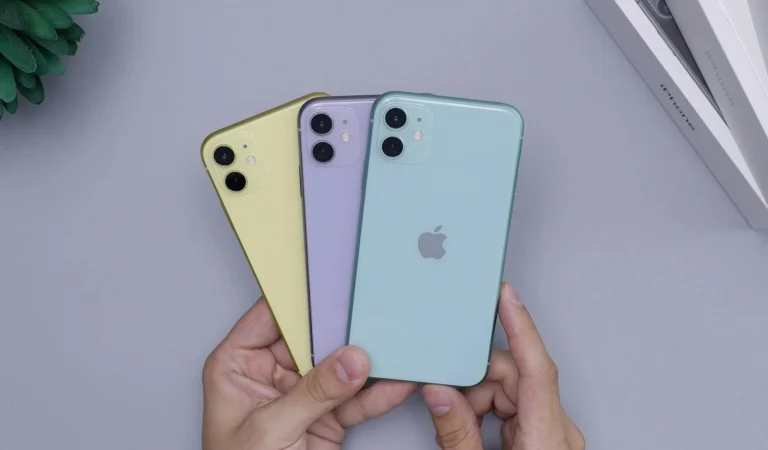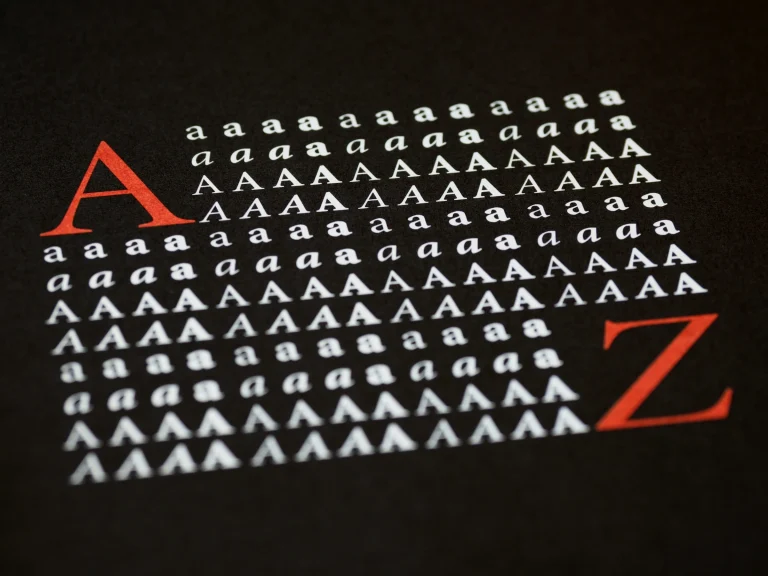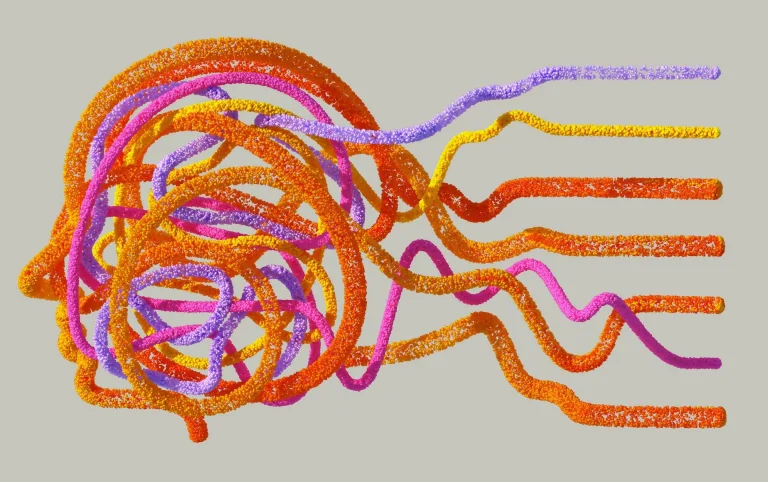It is no coincidence that design trends that have left their mark in many different areas, from fashion to architecture, from technology to any product you see around you, come to the agenda in similar styles but in a reinterpreted form.
In certain periods, you see styles that have left their mark on certain periods reappear. For example, remembering the 70s in design and fashion in the 2000s; the 80s in the 2010s or the 90s in the 2020s.
Why do things from the past still retain their appeal today, why does the trend you define as retro always show itself? Is this just about taste or is it related to psychology, sociology, cultural memory and even economy?
Retro: A familiar and reliable space
What i define as modern life brings with it a high tempo, constant innovation and as a result, rapid change. The constant hunger for the new, the better and the perfect is tiring.
Perhaps the most fundamental motivation for the reemergence and rise of the concepts defined as retro and trending in the past is that they offer a familiar and reliable space in the world we live in at a fast pace.
Design forms, patterns and even colors that were around us in our childhood and youth… Retro designs evoke a simpler time period in people’s past, and revive memories and emotional bonds from that period. This is one of the main reasons why products defined as retro have a unique appeal. When a brand launches a product with a retro design, it does not aim to take people directly to the past and remind them of those days; it looks for feelings related to the past and wants to be a reason for those feelings to revive.
Finding a solution to creative dead ends
Using design trends and forms that have been prominent in the past is also important in terms of offering a solution to today’s creative dead ends. The rule in the design world is quite clear: Everything returns.
It would be a bit shallow to think of this cyclicity only in an aesthetic context, and economic transformation should also be included. Especially when going through economic crises, bringing previously proven design codes back to the agenda provides a functional starting point and a kind of guarantee until the period passes.
Having an identity and ensuring belonging
No matter how you think about it today, modern design is intertwined with technology and the most important accompaniments of the concept of modernity are simplification and abstraction. In addition to the minimal and abstract, retro designs are more characteristic, have a story and are striking when viewed from a distance. Therefore, it would not be wrong to say that retro design has an identity and offers belonging to a certain place.
The desire to feel different when the new generation is searching for it is one of the main reasons why today’s youth embrace retro, the aesthetic acceptances of the past. At this point and in this form, retro is not only a ghost that concerns the past and comes from the past, but also represents a kind of stance.
It would be a mistake to define retro products as products that have emerged solely as a result of longing for the past, with emotional intensity. Products with retro designs are very important in terms of creating an awareness of the future and appeal to the aesthetic perception of society as well as the search for a personal identity.
Products with retro designs are often described as timeless, have the power to connect emotionally and are in constant transformation, therefore they are a part of the present as well as a source of inspiration for the future.
Why are there so many retro-designed cars?
Consumers have high expectations from the automotive world.
Continuous innovation, building upon existing offerings in terms of design, functionality, and design, and achieving this without significantly increasing costs…
Automotive is one of the industries most closely interacting with technology. Therefore, consumers occasionally see a return to the past when introducing high-value-added products.
This means not only revisiting and relaunching models that performed well in the past, but also re-integrating these models with current technology and design trends.
The reason why car manufacturers re-launch these cars, each of which has become an icon, is not only about their longing for the past. Releasing iconic models is an example of a comprehensive and multifaceted approach to strengthen brand loyalty, establish an emotional bond with consumers and show the brand’s respect for its own history.
The reasons behind brands turning to products with retro design elements are not entirely aesthetic, but also to provide the brand with a narrative and story. The most common retro-designed cars, iconic models such as the Mini Cooper, Fiat 500, Ford Mustang and VW Bettle, were reborn after many years, not just because someone said let’s re-produce these cars. Re-producing these cars not only brought to light the emotions that had been etched in the memories of the users, but also attracted the attention of a new target audience, helping to tell the brand’s history and story to that audience. I guess it’s not necessary to mention that awareness translates into new sales.
Creating a bridge: What does a car mean to a user?
The way a car appeals to more than one consumer category is not only through its engine power, how aerodynamic it is, its bright red color or its steel rims.
For someone who went on vacation with four people in a small Fiat 500, lived their youth with the first Mustang they saved from their pocket money or watched a Mini Cooper running around in James Bond movies, cars are a bit of an image in their minds, a mark in their hearts. Therefore, the cars of childhood and adolescence are not just simple means of transportation used to get around, but also carriers of memories. Brands’ re-release of old models is not only about a nostalgic breeze, but also a marketing strategy related to strengthening loyalty.
We agree that gaining new customers is quite costly, and besides, strengthening the ties of existing old users to the brand is one of the golden keys to a long-term relationship. Retro-designed products allow for a bridge between acquiring new customers and those who are already customers. While some people want to buy a modern version of a car they used in the past and drive it again, a younger user may want to drive a car they saw their father or grandfather driving.
Be a part of the story
It would not be wrong to say that almost every brand that has managed to be on the market in today’s conditions now has a unique history. This timeline includes legendary iconic models, sales successes and revolutionary design elements. Retro products are a powerful and bold tool that the brand uses to convey its own history to the younger generation. It allows the brand, and even the important milestones in the category and market where the brand launches products, to be remembered again…
















